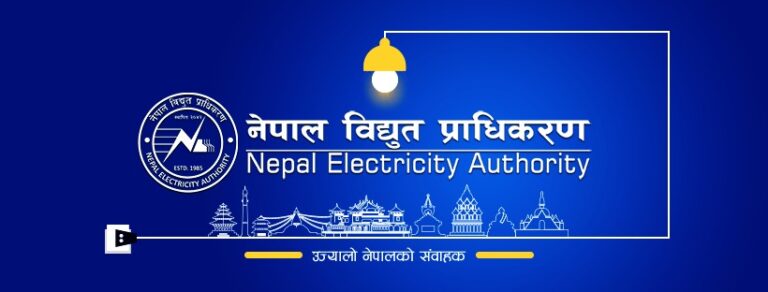
Nepal Electricity Authority (NEA) has launched the ‘Bright and Clean City Campaign’ with the aim of illuminating and beautifying cities.
The campaign is a part of the government’s Bright Nepal Campaign. As part of the campaign, decorated and sophisticated traffic lights will be installed in various places, including historical and cultural heritage sites listed as World Heritages, and major roads in the city areas
The campaign will enhance the beauty of the city, increase the demand for electricity and also consume electricity wasted at night, said NEA Managing Director Kul Man Ghising. “The campaign would utilize the power that goes to waste during the night and help make the city look brighter.”
Ghising said that the works to remove unused electric poles and wires in the main and subsidiary roads, and laying the wires underground would be taken forward under the campaign.
According to Ghising, the campaign will begin from Kathmandu, Bharatpur and Pokhara in the first phase and gradually expand to other cities of the country.
Earlier, Minister of Energy and Irrigation Pampha Bhusal, while assuming office, had shared her plan to manage and strengthen the power supply system by maintaining the beauty of the cities, and increasing the capacity of distribution lines and substations.
“The works to remove electricity polies and laying wires underground are currently underway in Maharajgunj and Ratna Park areas of Kathmandu in the first phase of the campaign. Similar works will be expanded to other major cities of the country as the underground system will be safer than the existing overhead distribution system. It will also help maintain urban beauty,” Ghising said.
In the second phase, the work of laying wires underground will be expanded to the remaining places of Kathmandu, Lalitpur, Bhaktapur, Pokhara and Bharatpur.
Internet, telecommunication, cable television service providers will be able to provide services using optical fiber as the same will also be laid along with the electric wires.
NEA, in collaboration with the local levels, will run a campaign to install smart lights to illuminate historical, religious, cultural, world heritage sites and roads at night. The first phase of smart street lights is being coordinated with the active participation of Lalitpur Metropolitan City.
Similarly, the work of connecting street lights along the main road of Amargadhi Municipality of Dadeldhura has been also completed.
Smart road lights are being installed in Bharatpur Metropolitan City, Kankai of Jhapa, Bhimeshwar of Dolakha, Belka of Udayapur and Bhimdutta Municipality of Kanchanpur.
The contract agreement for the second phase of smart road lighting connection in Kathmandu, Pokhara and Lalitpur is in the final stage, NEA said.
Ghising said that the process of smart light connection has been taken forward by removing the lights placed in Koteshwor-Bhaktapur and Koteshwor-Kalanki road sections of Kathmandu and the main administrative center Singha Durbar under the Bright City Campaign.
Installation of smart lights will gradually be expanded to Dhangadhi of Kailali, Kohalpur of Banke, Lamahi and Tulsipur of Dang, Hetauda of Makwanpur, Gaighat of Udayapur, Sundar Haraincha of Morang, Janakpur of Dhanusha, Kirtipur and Budhanilkantha of Kathmandu, Mahalaxmi of Lalitpur, Dhulikhel of Kavre and Bidur of Nuwakot.
The smart lights will be connected with 60 per cent investment from concerned municipalities and 40 per cent from NEA. NEA will supervise the cost estimate, technology selection, procurement and construction for the establishment of smart light. NEA will also provide technical assistance for the bidding process and supervision if the municipalities themselves bid with 100 per cent investment.
Smart lights will be installed in Pashupatinath, Swayambhu, Bouddhanath, Basantapur Durbar Square, Patan Durbar Square, Bhaktapur Durbar Square, Lumbini, Janakpur, Muktinath and other areas listed in the World Heritage List in coordination and cooperation with local municipalities, NEA said.






